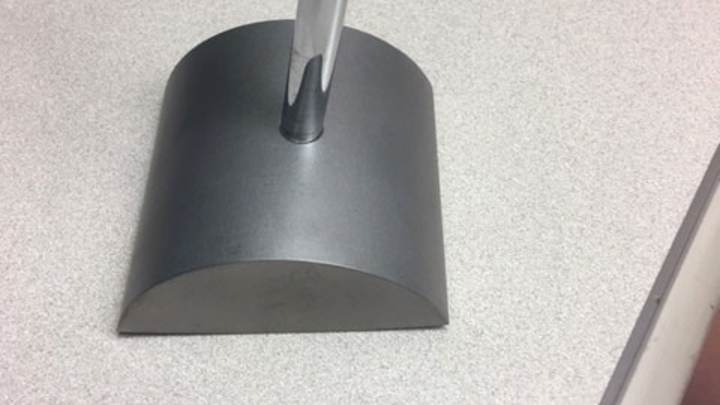Bryson DeChambeau saddles up for fight after USGA rules putter to be nonconforming

WINTER GARDEN, Fla. – "I'm concerned if I start doing well with it, what will they do?" Bryson DeChambeau said last month at the Franklin Templeton Shootout. "It's within the rules. It's legal. Will they make a new rule? We'll fight it all the way."

Well, the fight may have just begun. Shortly after noon on the eve of last week's CareerBuilder Challenge in LaQuinta, Calif., DeChambeau was practicing on the putting green when he received a call from a PGA Tour official informing him that the center-shafted putter which he intended to use in the tournament was deemed non-conforming to the Rules of Golf.
"I was very disappointed with the way they handled it," DeChambeau said Tuesday at PGA Demo Day at Orange County National. "They've said to me, too, that they don't like the way I'm doing it. But it's within the rules, and I don't know why they don't like it. They say I'm potentially taking skill out of the game. Anything that helps shoot lower scores or makes golf more fun and grows the game, that's what I'm all about."
DeChambeau, who won the 2015 NCAA championship and the 2016 Dap Championship on the Web.com Tour, submitted several putters for USGA approval, and only one was deemed non-conforming. The USGA would not comment on why the club failed to pass inspection.
"The circumstances surrounding the club's non-conformance are confidential and between the USGA and Bryson DeChambeau," said USGA spokeswoman Janeen Driscoll, noting such policy was in compliance with its agreement with manufacturers and those who have submitted clubs for approval. Driscoll would confirm only that the putter which DeChambeau used last week in competition was conforming.
DeChambeau, 23, was able to use the putter head but with the shaft in the rear instead of the center of the club.
"They basically threatened him that if he showed up on Thursday, they would DQ him," said Mike Schy, DeChambeau's longtime instructor. "I think they thought he wouldn't have a backup and he'd have to go back to conventional and it would be over.
"The week before, they made him put lead tape and mark it up," Schy said. "Every week, they've been inspecting it. It's bad. It's really bad. I'm telling you, they do not want him putting this way. For some reason, they think it is an enormous advantage, and it is not."
Morning Read reached out to the PGA Tour for comment. A spokesman said the Tour was unaware of the incident and was looking into it.
DeChambeau has been experimenting with the sidesaddle technique, which involves standing and facing his target, for more than three years. He contends that having the face of the club square to the target throughout the stroke is more efficient and repeatable than one that opens and closes. DeChambeau has said that once he commits enough time to practicing his new technique, it will "be like cheating."
DeChambeau, a former U.S. Amateur champion, seems justified in his concern about coming under USGA scrutiny. For several decades, long and belly putters – those flatsticks with an extended handle that stuck into the stomach, sternum or chin – were deemed legal until many recreational golfers began following the lead of a growing number of touring pros who used them. Golfers made the switch because it promoted a more consistent setup and removed the wrists from the stroke while still allowing for a pendulum motion. A consumer frenzy ensued.
That is until 2013, when the USGA and the R&A approved the adoption of Rule 14-1b, which banned the use of anchored strokes, effective Jan. 1, 2016.
When asked whether the USGA's stance has discouraged DeChambeau from putting sidesaddle, Schy said it had just the opposite effect. "It's probably solidified his desire even more," he said.
